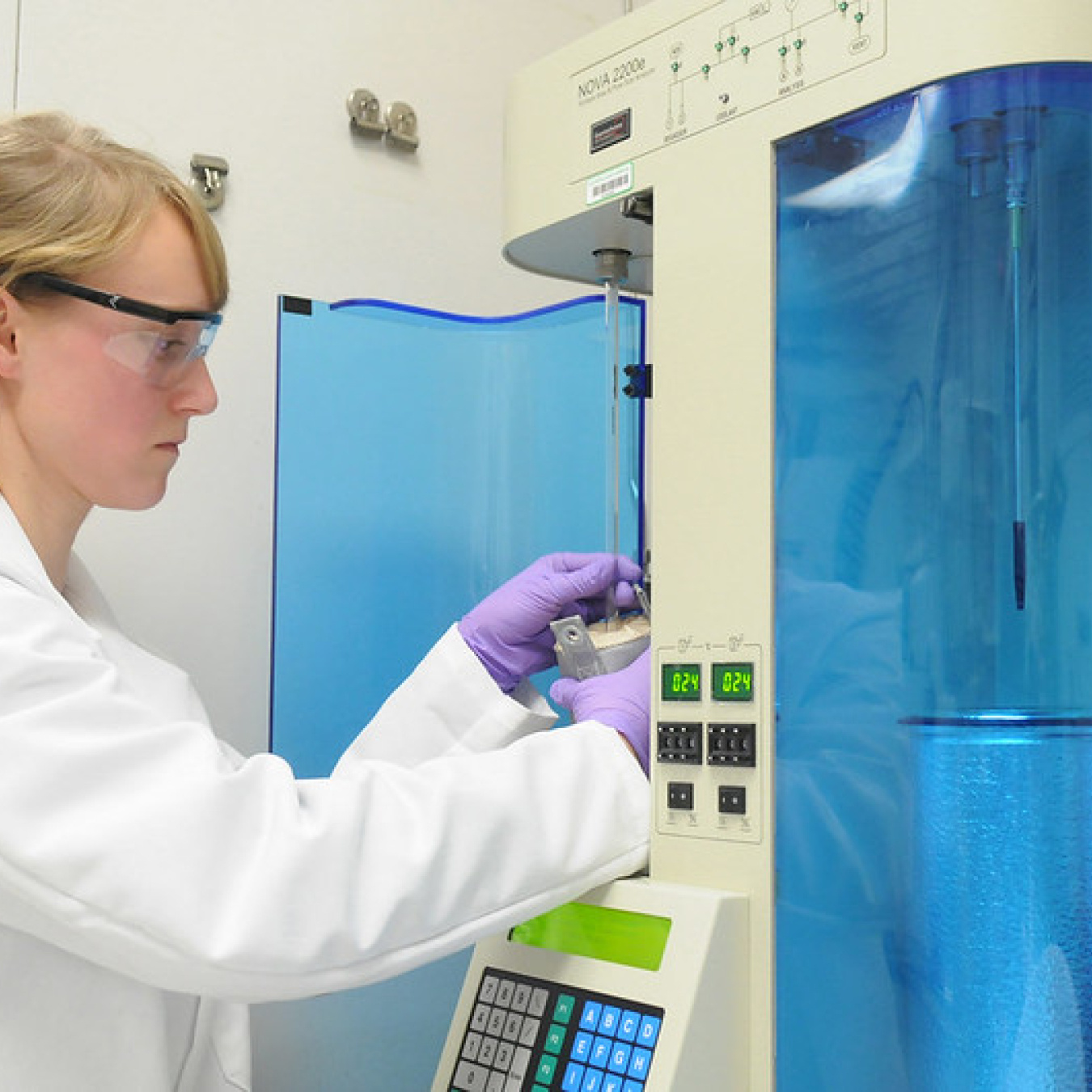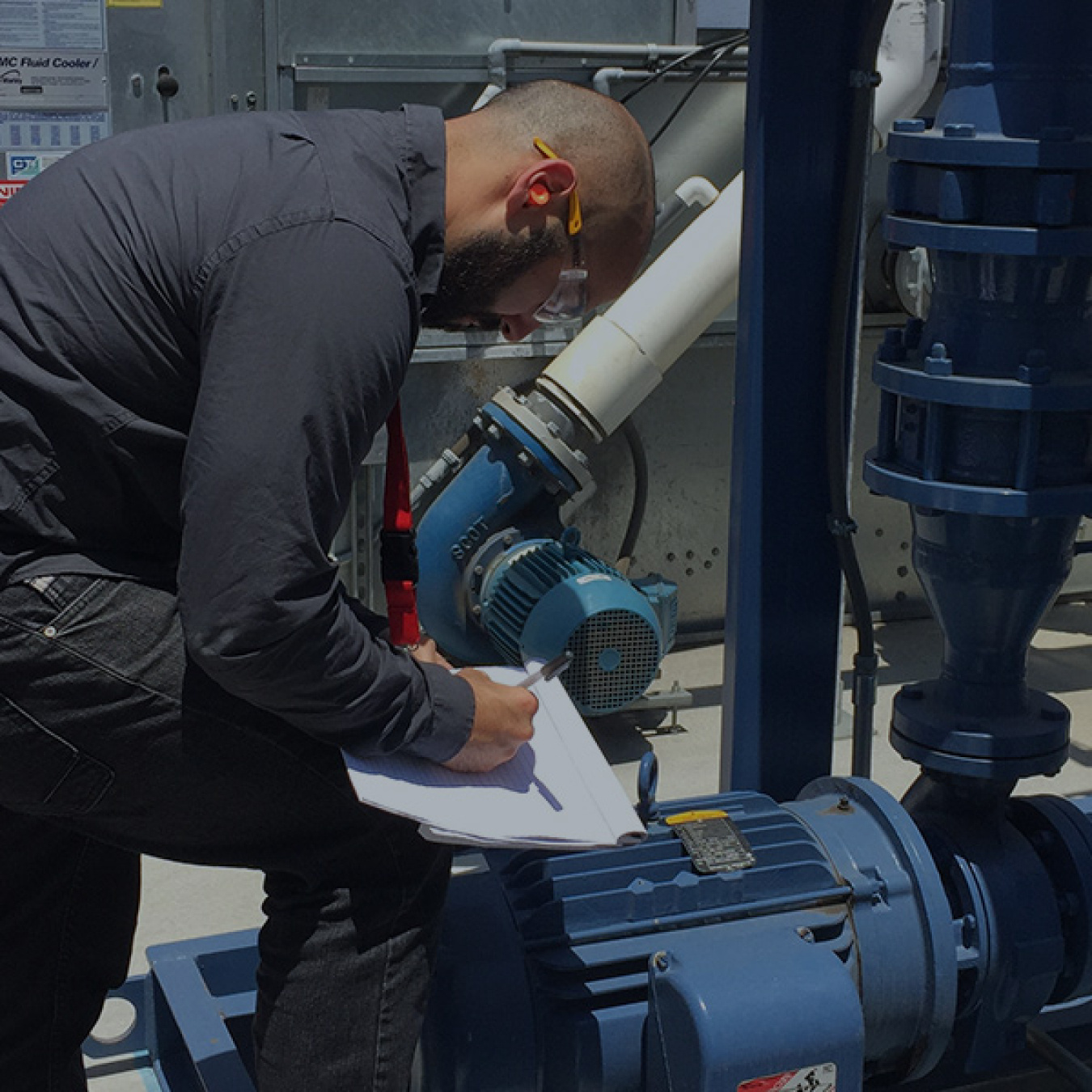The food and beverage subsector covers more than 30,000 facilities across the country, utilizing a wide range of industrial operations to transform raw agricultural goods into food products. Some foods are preserved through industrial drying, while others require refrigeration or freezing when being packaged and shipped to retail distributors. Some products are baked in giant industrial-scale ovens, while other foods are cooked with steam. Food and beverage manufacturing is one of the most energy-intensive industries in the country, accounting for 6% of total industrial energy use.
Facilities range in size from capital-intensive red meat processing facilities that employ hundreds and ship all over the country to family-owned bakeries with a handful of workers that serve a single metropolitan area. Key markets include grain and oilseed milling, animal processing, fruit and vegetable processing, dairy product operations, sugar manufacturing, beverage manufacturing, and bakery operations.
The breadth of manufacturing processes and size of operations leads to a wide array of commercially viable energy efficiency pathways and opportunities for industry-specific research, development, and demonstrations (RD&D) in driving needed innovations.
How Do We Make Food and Beverage Manufacturing More Energy Efficient?
About two-thirds of end-use energy consumed by the food and beverage industry at manufacturing plants is used in manufacturing processes such as process heating. The remainder is used for nonprocess uses or lost in onsite steam and electricity generation and distribution.
Technologies to make process heat in food and beverage manufacturing more energy efficient include:
- Innovations in steam generation and water heating
- Advanced combustion processes and equipment
- Waste heat recovery, reuse, and recycling
- Smart manufacturing and modular onsite power
- Electrified process heating (including induction, resistance, and infrared)
- Waste-to-energy systems
- Electrofuels and ammonia (for example, hydrogen blends)
- Integration of innovative systems for dry ice, cooling and refrigeration, refining and packaging




